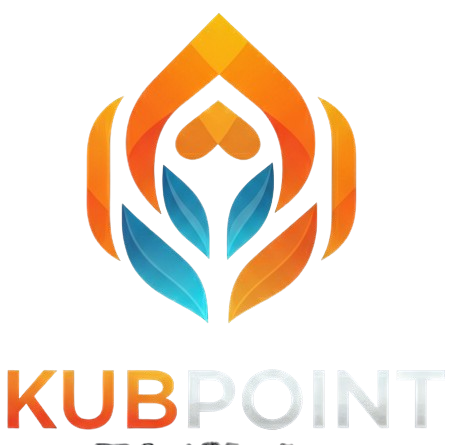BMC has extended its DevOps analytics tool for mainframe environments, dubbed BMC AMI zAdviser Enterprise, to now be able to collect Git usage data to make it simpler to identify bottlenecks and other workflow issues in addition to making available in beta a BMC AMI Assistant tool that enables IT teams to via a natural language interface chat with a generative artificial intelligence that BMC has trained to help optimize operations.
At the same time, BMC has also added a set of connectors for the identity management platform from Okta to better secure software supply chains.
Finally, BMC has also extended BMC AMI Cloud, a data management platform, to add support for enforcing password and IBM zMFA token entry to protect on-premises object storage and public cloud object storage data from unauthorized access, along with a multi-volume capability that makes it possible to store up to 255TB in data sets that are stored using object storage services in the cloud.
John McKenny, executive vice president and general manager for the mainframe business unit at BMC, said these additions to the platform will make it simpler to extend DevOps workflows across distributed computing environments that include mainframe platforms.
It’s not clear to what degree organizations are integrating mainframe environments with other distributed computing environments, but there is a clear need to extend existing DevOps expertise to a platform that still runs mission-critical applications. While historically many of those applications were built and deployed using waterfall methodologies, the pace at which distributed computing applications are updated is requiring the team that manages mainframes to adopt DevOps methodologies to enable them to build, deploy and update applications faster.
Many of the newer applications being developed are also written in Java and are destined to run on instances of Linux running on mainframes and x86 servers, noted McKenny.
Ultimately, the line between distributed computing environments and mainframes will only continue to blur in the age of AI. It will soon become, for example, feasible to leverage a common set of AI agents to manage multiple platforms. The overall goal is not to replace IT teams but rather make up for a chronic shortage of talent and expertise that worsens as more mainframe experts retire by augmenting existing teams, added McKenny.
It may be a little while before this next era of computing is realized, but in the meantime, IT teams should be creating an inventory of manual tasks that either already can be automated using AI agents or soon will be. In fact, there may soon come a day when managing IT is significantly less tedious than it is today, which should hopefully reduce burnout. After all, most of the tasks being automated using AI are not the ones that most IT professionals, especially, enjoy. The challenge and the opportunity now is to add value in ways that only human ingenuity can achieve, in collaboration with AI agents that are waiting for someone to not just tell them what to do next, but also review the accuracy of their work.

